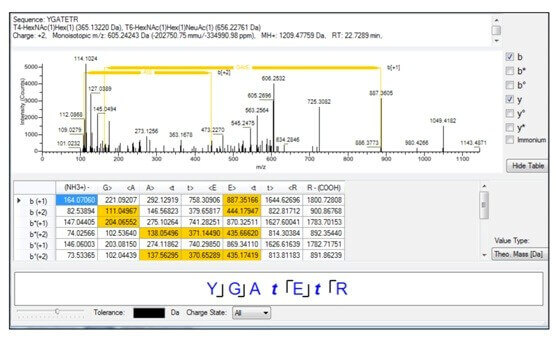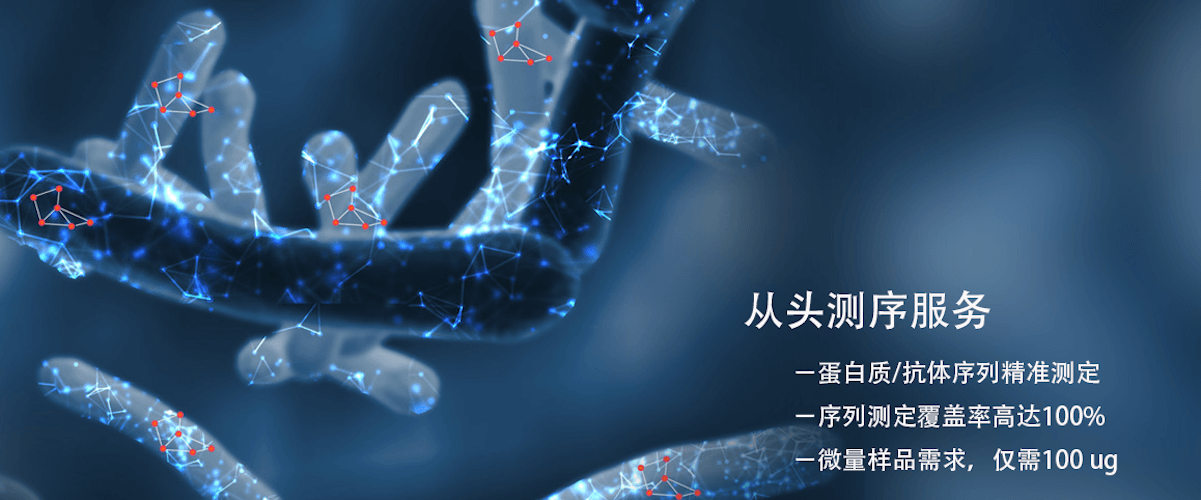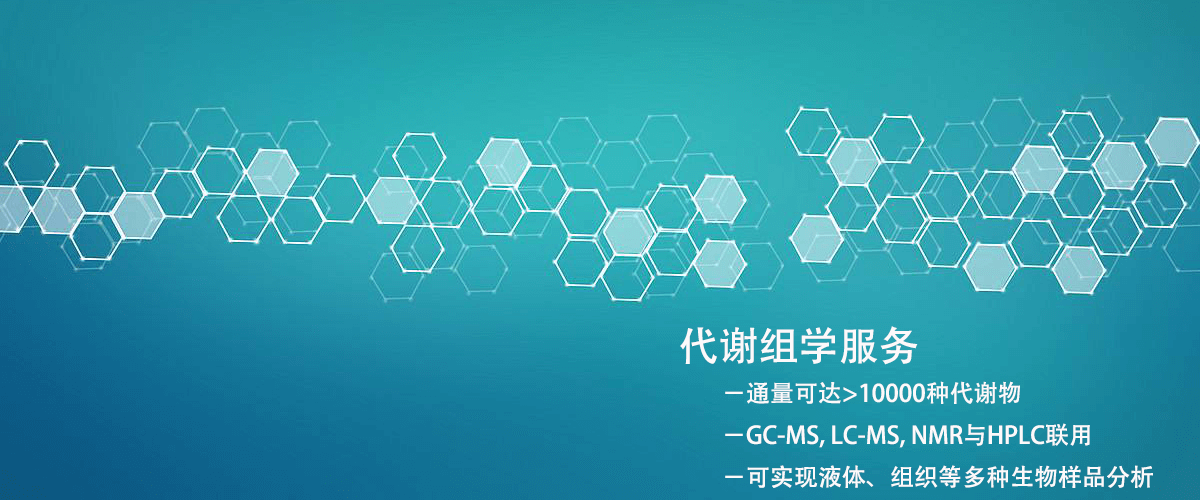Glycosylation Quantitative Proteomics Research
BTP-Glycosylation Quantitative Proteomics Study
Glycosylation not only affects the spatial conformation, biological activity, transport, and localization of proteins, but also plays a crucial role in specific biological processes such as molecular recognition, cell communication, and signal transduction. Glycoproteins are mainly classified into N-glycoproteins and O-glycoproteins based on their glycan structures and glycosylation sites. It is estimated that over 50% of proteins undergo glycosylation modifications, but due to the high complexity of glycosylation, the vast majority of glycoproteins have not yet been discovered, and only about 10% of proteins in existing databases are annotated as glycoproteins. An oligosaccharide chain composed of just 6 different monosaccharides can potentially have an astonishing 10^12 structural variations.BTP has launched a glycosylation quantitative proteomics analysis service package using Thermo Fisher's Q Exactive HF, Orbitrap Fusion, and Orbitrap Fusion Lumos mass spectrometry platforms in combination with Nano-LC. You only need to provide your experimental objectives and send your samples to us. We will take care of all subsequent project matters, including protein extraction, protease digestion, glycopeptide enrichment, peptide separation, mass spectrometry analysis, raw mass spectrometry data analysis, and bioinformatics analysis.
With the continuous improvement of mass spectrometry resolution and the development of bioinformatics, mass spectrometry has been widely used in glycosylation analysis. Typically, enzymes or chemical methods are used to release glycans from glycoproteins, followed by the identification of glycosylation sites and glycan structure analysis. However, there is currently no mature technology for analyzing intact glycopeptides. BTP utilizes the HCD/ETD 'dual fragmentation mode' of the new generation Orbitrap Fusion mass spectrometer to analyze complex glycoproteins' intact glycopeptides. Then, Byonic software is used to parse the raw mass spectrometry data to identify N-glycosylation and O-glycosylation sites and analyze the glycan compositions associated with these sites.

Glycosylation Modification Research Route
About Samples
1. If you are providing tissue samples, please send them on dry ice. Plant tissue samples should be more than 200mg, blood samples at least 1ml (use EDTA anticoagulant for plasma), serum 0.2-0.5ml, urine 2ml, animal tissue samples at least 1g, cell samples should be 1X10^7 cells, yeast and microorganisms should have a dry weight of 200mg.2. If you are providing protein samples, please ensure that the total protein amount is above 100ug; normal tissue or cell lysis buffer can be used for protein extraction.
3. Sample transportation: Please use sufficient dry ice for transportation and choose a faster delivery method to minimize the possibility of sample degradation during transportation.
Research Case
This project involved the identification of protein glycosylation modification sites for plant samples conducted by a university professor at BTP. Some of the results obtained are shown in the figure below:
Glycosylation Modification Research Case
Bilingual Project Report
In the technical report, BTP will provide you with a detailed bilingual report in both Chinese and English, including:1. Experimental steps (in Chinese and English)
2. Relevant mass spectrometry parameters (in Chinese and English)
3. Detailed information on identified glycosylation sites
4. Mass spectrometry images
5. Raw data
BTP-Glycosylation Quantitative Proteomics One-Stop Service
You only need to place an order and send samplesBTP One-Stop ServiceComplete: Sample Processing - Instrument Analysis - Data Analysis - Project ReportRelated Services
Glycomics Analysis
Glycoprotein Analysis
Glycosylation Site Analysis
Glycan Type Analysis
Post-Translational Modification Proteomics Analysis
Histone Post-Translational Modification Analysis
Quantitative Proteomics Analysis
Targeted Proteomics
4D Proteomics
DIA Quantitative Proteomics
Label-Free Quantitative Proteomics Analysis
Label-Based Protein Quantification Techniques - iTRAQ, TMT, SILAC
MRM/PRM Quantitative Proteomics Analysis
Submit Inquiry
Name *
Email Address *
Phone Number
Inquiry Project
Project Description*
How to order?





